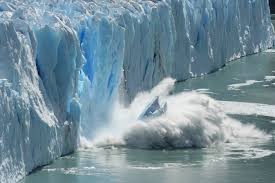As per two different studies, using entirely different methods published in the journal Nature Climate Change, the global temperature is likely to rise more than 2 degrees Celsius by the end of this century.
Derivations from the Studies:
One study used statistical analysis to show that there is a 95% chance that Earth will warm more than 2 degrees at century’s end, and a 1% chance that it’s below 1.5 Celsius.
- As per this study, the likely range of global temperature increase is 2.0-4.9 degrees Celsius and the median forecast is 3.2 C.
- The second study analyzed past emissions of greenhouse gases and the burning of fossil
 fuels to show that even if humans suddenly stopped burning fossil fuels now, Earth will continue to heat up about two more degrees by 2100.
fuels to show that even if humans suddenly stopped burning fossil fuels now, Earth will continue to heat up about two more degrees by 2100. - This study also concluded that if emissions continue for 15 more years, Earth’s global temperature could rise as much as 3 degrees.
- It is to be noted that both the above studies were completed before the United States left the Paris Agreement. The consequential effect from this event has not been accounted for in either study.
Significance of 2 Degree Mark:
The 2 degree mark which was set by the 2016 Paris Agreement was first proposed as a threshold by Yale economist William Nordhaus in 1977.
- Surpassing that mark will trigger events such as rising seas, mass extinctions; super droughts, increased wildfires, intense hurricanes, decreased crops and fresh water and the melting of the Arctic.
- As per Medical Society Consortium on Climate and Health, rising temperatures and shifts in weather would lead to reduced air quality, food and water contamination, more infections carried by mosquitoes and ticks and stress on mental health
AffairsCloud Recommends Oliveboard Mock Test
AffairsCloud Ebook - Support Us to Grow
Govt Jobs by Category
Bank Jobs Notification





